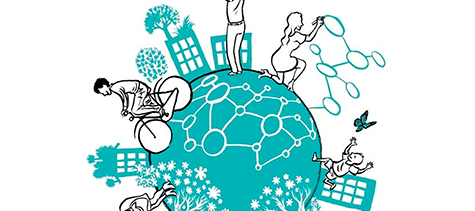Self-organization always has been a central element in Agile/ Scrum. An update of the Scrum-guide 2020 introduced changes. One adaption was from self-organizing towards self-managing teams. In fact - nothing has really changed. Probably the term self-organization was too fuzzy for Ken Schwaber and Jeff Sutherland.
Every system is in itself to a certain degree self-organized. People do self-organize, whether directionally or chaotically. The change of names is probably an attempt to make it more clear to the world. How the team acts and to what degree the scrum team is responsible.
The Scrum guide 2020 states
"Scrum teams are cross-functional, meaning the members have all the skills necessary to create value each sprint. They are also self-managing, meaning the internally decide who does what, when and how. The Scrum team is responsible for all product-related activities from stakeholder collaboration, verification, maintenance, operation, experimentation, research and development and anything else that might be required. They are structured and empowered by the organization to manage their own work. Working in sprints at a sustainable pace improves scrum teams focus and consistency.
The Scrum guide 2017 states: Self-organizing teams choose how best to accomplish their work, rather than being directed by others outside the team. These are cross functional teams with all the competencies on board - needed to accomplish the work, without dependence on others outside the team".
Self-organizing or self-directed teams have been around since the 1960's. Scrum teams are self-organizing and cross-functional. Self-organizing was originally described in the first-ever published article on Scrum (Harvard Business Review, 1986, The new product development game). Takeuchi and Nonata considered Self-organizing as one of six characteristics necessary to create a "fast, flexible process".
In Hackmans hierarchy of authority self-organizing agile teams too would be classified as self-managing teams. They self-manage their work - who should do what, when and how. However, in terms of Hackman Agile teams are not self-designing or self-governing. A self-organizing agile team has authority over its work and the process, but not over who is on the team or what is the team's goal.
Then; would self-designing or even self-governing within Agile be possible? No one prevents a team from growing and taking on more responsibilities. Within borders of the company management: how much self-organization do we want in our company. Should a team be allowed to determine its own team members? Scrum teams should be able to do this, or at least have a relevant say in it. Labelling them as self-designing team.








